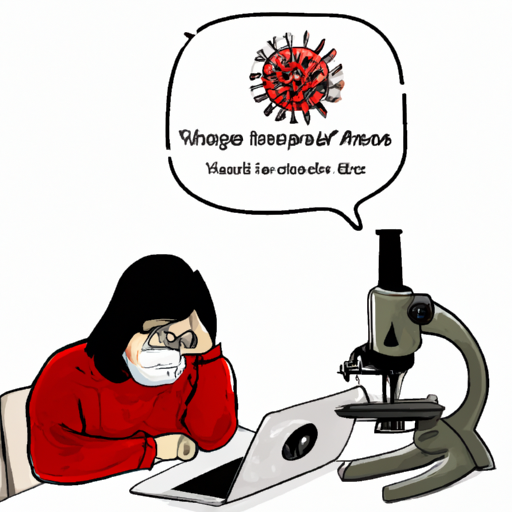Parvovirus, commonly known as Parvo, is a highly contagious viral disease that can be deadly for dogs, especially puppies. Understanding how dogs can get Parvo is crucial in preventing the spread of this disease. In this article, you’ll get a comprehensive understanding of this phenomenon and what you can do to protect your furry friend.
1. Understanding Parvo
Parvovirus is a disease that primarily affects a dog’s intestinal tract, rapidly dividing cells in the body, and can damage the heart. The virus is highly resilient and can survive in contaminated soil for months.
2. How Dogs Contract Parvo
Dogs contract Parvo primarily through direct contact with an infected dog or through indirect contact with a contaminated environment.
-
Direct Contact: This happens when your dog comes into contact with an infected dog. The Parvo virus can be present in an infected dog’s saliva, nasal secretions, and feces.
-
Indirect Contact: The virus can live on surfaces for months, and it’s resistant to many common cleaners. If an infected dog sheds the virus onto a shared toy, water bowl, or even your shoes, your dog could potentially contract the virus.
| Direct Contact | Indirect Contact |
|---|---|
| Saliva | Contaminated water bowl |
| Nasal secretions | Contaminated toys |
| Feces | Contaminated shoes |
3. High-Risk Areas for Parvo
Areas with high dog traffic such as dog parks, pet stores, and shelters are high-risk areas for Parvo. The virus thrives in these environments due to the presence of feces from infected dogs and the difficulty in thoroughly cleaning these areas.
4. Symptoms of Parvo
If your dog contracts Parvo, symptoms typically develop within three to ten days. Symptoms include:
- Severe vomiting
- Loss of appetite
- Lethargy
- Fever
- Bloody diarrhea
If you notice these symptoms, it’s essential to contact your vet immediately.
5. Preventing Parvo
Preventing Parvo involves strict hygiene practices and vaccinations.
-
Hygiene: Regularly clean and disinfect your dog’s living area. Avoid high-risk areas if your dog hasn’t been vaccinated.
-
Vaccination: Puppies should receive their first vaccine between six and eight weeks old, followed by boosters every three weeks until they are 16 weeks old. Adult dogs should be vaccinated every one to three years.
FAQ
Q: Is Parvo only present in certain breeds?
A: No, all breeds can contract Parvo, but some breeds like Rottweilers, Doberman Pinschers, and American Pit Bull Terriers may be more susceptible.
Q: Can my vaccinated dog still get Parvo?
A: While rare, it’s possible. No vaccine is 100% effective, but vaccination drastically reduces the likelihood of contracting the virus.
Q: Can humans contract Parvo from dogs?
A: No, humans cannot get Parvo from dogs. The virus is species-specific.
In conclusion, while Parvo is a serious and potentially life-threatening disease, understanding how dogs contract the virus and taking preventive measures can keep your furry friend safe.



